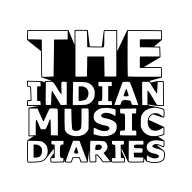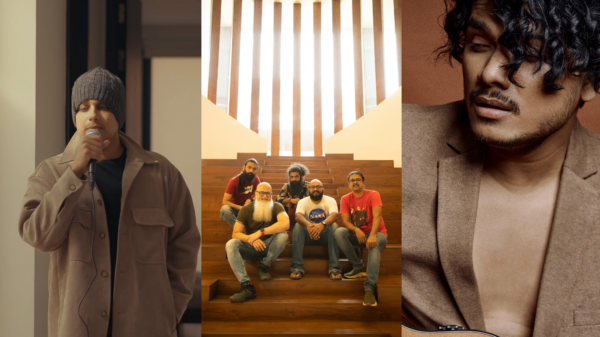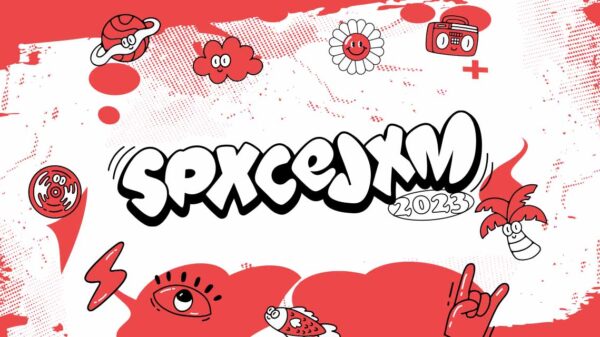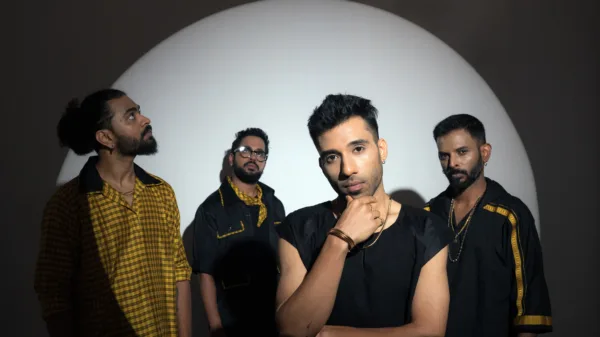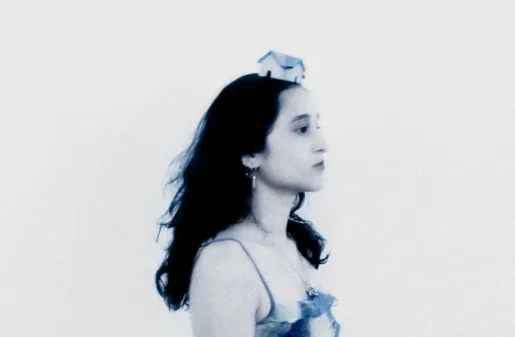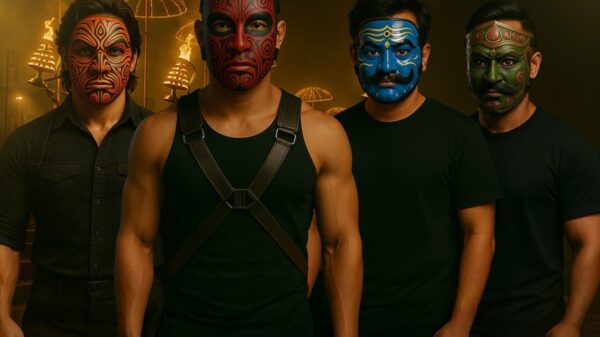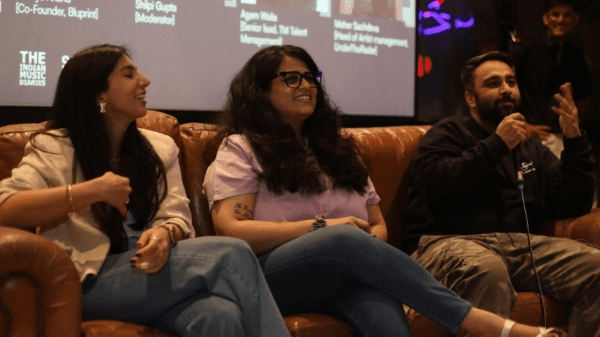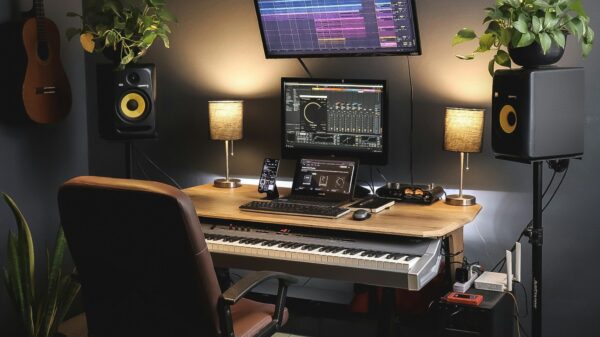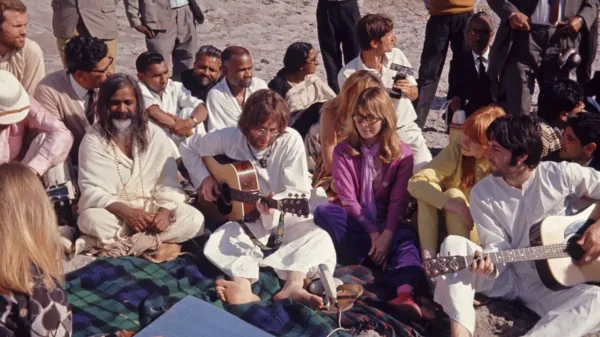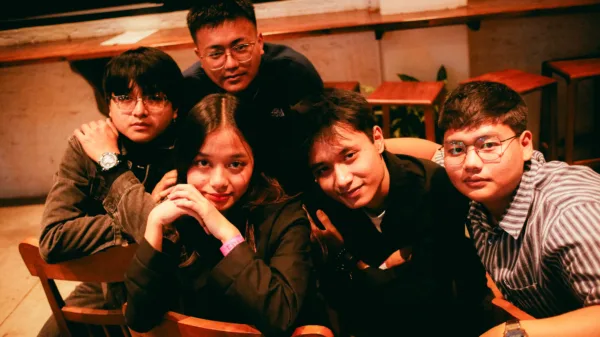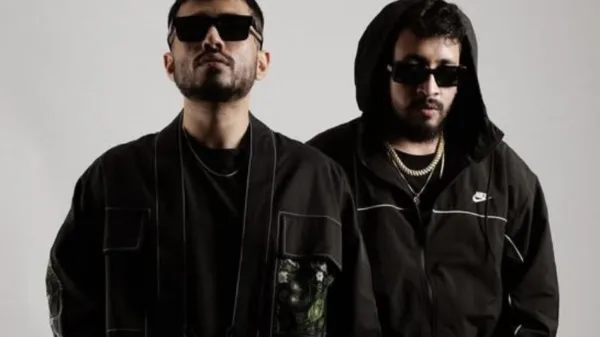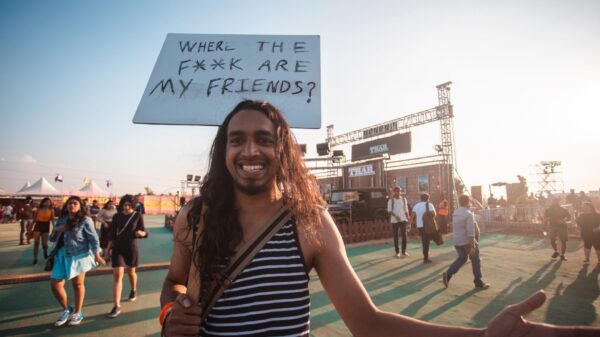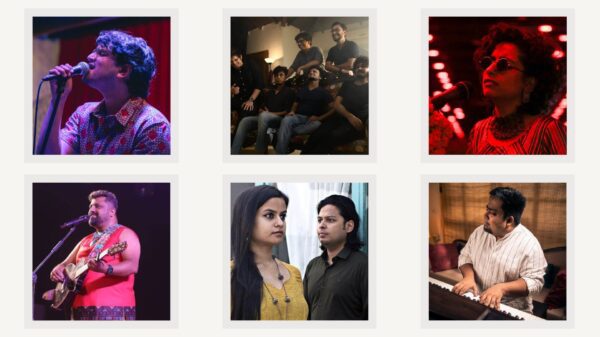
There was a time in India when the best way to discover new music wasn’t Spotify playlists or Instagram reels; it was a college fest stage with bad lighting, decent sound, and an audience of twenty-year-olds losing their minds. Ask any Indian indie band that started in the 2000s or early 2010s where they found their first real audience. The answer is often the same: college festivals like Strawberry Fields at NLSIU Bengaluru, Rocktaves at BITS Pilani, or Saarang at IIT Madras. Delhi University (DU), with its robust fest circuit across colleges like SRCC, Hindu, LSR, and St. Stephen’s, has long been a hotbed for indie music and cultural experimentation. Other cities like Pune (Symbiosis), Kolkata (Jadavpur University, Presidency), and even the Northeast (IIT Guwahati, NIT Silchar) have played vital roles in expanding the reach of independent music across India. These college events weren’t just fun breaks between academic stress; they were crucial stepping stones for India’s independent music scene.
College fests were often the first stages that gave bands like Parikrama, Thermal and a Quarter, Motherjane, The Local Train, and When Chai Met Toast a chance to perform live in front of a crowd. These fests weren’t just entertainment; they were testing grounds. Winning competitions like Rocktaves at Oasis wasn’t just about bragging rights. It meant visibility and a loyal early fanbase of college kids who would carry that memory into adulthood.
One key reason these fests mattered was the fact that lineups were usually curated by students. Selections were based on passion and taste rather than corporate influence or digital metrics. Entry to these events was typically free or very affordable, which meant that a wide variety of students could attend and explore music they wouldn’t otherwise have access to. What made these festivals truly unique was the culture of discovery. Audiences came not to see famous names, but to find new artists they could connect with and root for.
Beyond the emotional connection, college festivals offered real, practical value for indie bands. Many events provided cash prizes, free accommodation, and a professional sound setup. For young bands with no managers, no labels, and no sponsors, this was a golden opportunity to play and grow. Bands would often plan short “college fest tours” during February and March, traveling from campus to campus across the country. This kind of movement allowed them to build regional fanbases and network with other musicians, organically creating a music scene that spanned cities.
What has changed?
College festivals are still taking place today, and some are bigger than ever, but they are no longer quite the same as they used to be. A major reason for this change is the rise of brand sponsorships. Large companies now play a major role in influencing how these events are programmed. While this can lead to better production value and greater reach, it often shifts the focus toward celebrity acts that are likely to attract large crowds, frequently at the expense of lesser-known indie musicians. As a result, many students attend mainly for the popular headliner rather than to discover new artists.
For upcoming indie musicians, this shift means the college circuit is no longer the open, welcoming space it once was. Performing at a major fest now often requires industry connections, online popularity, or a strong PR push; things many young bands may not have.
Kashmira Khot, a rising indie musician and artist advocate, points out,
“There are hundreds of new acts in India, but the same ten names dominate college lineups. We need to open more doors.”
Even when indie artists are booked, they often play opening slots to half-empty venues while audiences wait for the ‘main act.’ In the process, the discovery aspect of college fests and the magic of stumbling upon a band you’ve never heard of have faded.
Thankfully, there are still a few festivals that have stayed true to their roots. Events like Strawberry Fields continue to highlight fresh voices through competitions and carefully curated lineups. Festivals like Saarang at IIT Madras and Malhar at St. Xavier’s Mumbai also maintain space for up-and-coming indie acts in their programming.
Outside college spaces, artists are also finding new homes in the form of DIY shows. Intimate house gigs, underground festivals like “Control ALT Delete”, and platforms like “Bandcubator” and “Unscene” are helping restore that raw, unfiltered energy that defined early indie scenes.
Why College Fests Still Matter
One might ask, if artists now have access to YouTube, Spotify, DIY gigs, and social media virality, do college fests still matter?
The answer is yes. Perhaps more than ever.
College fests are one of the last remaining physical spaces where artists can interact with a fresh, diverse, and energetic audience in real time. These platforms offer not just performance space, but also feedback, visibility, and the beginning of fan-artist relationships that digital platforms can’t fully replicate. They allow young listeners to become tastemakers. And when curated with intention, they can spotlight voices that the mainstream still ignores. In an industry increasingly dominated by algorithms and gatekeepers, college fests have the potential to remain the most democratic stage in Indian music, but only if we let them.
To do so, we require greater student-led curation, a more transparent process for selecting artists, and a renewed emphasis on discovering and supporting new talent.
